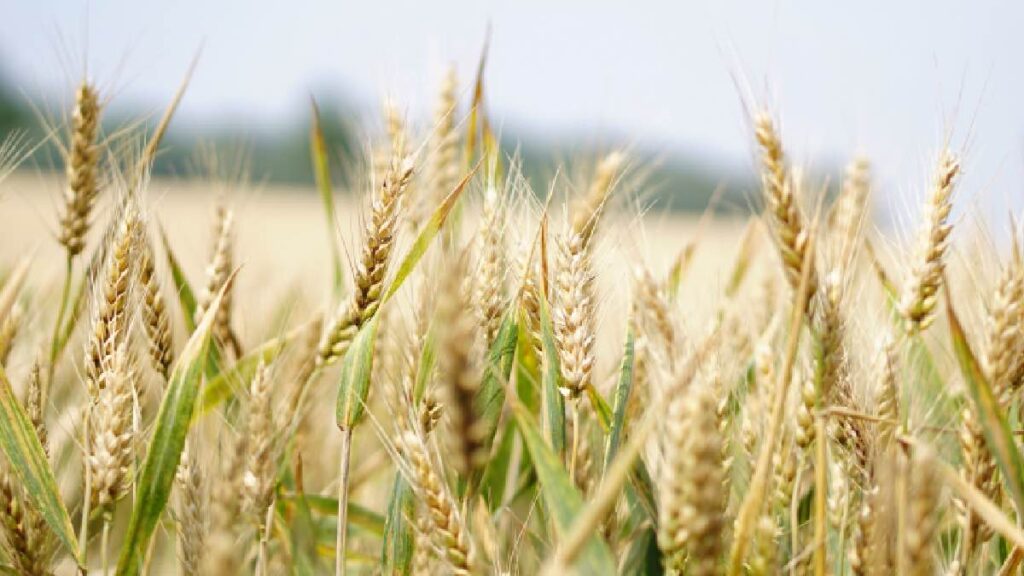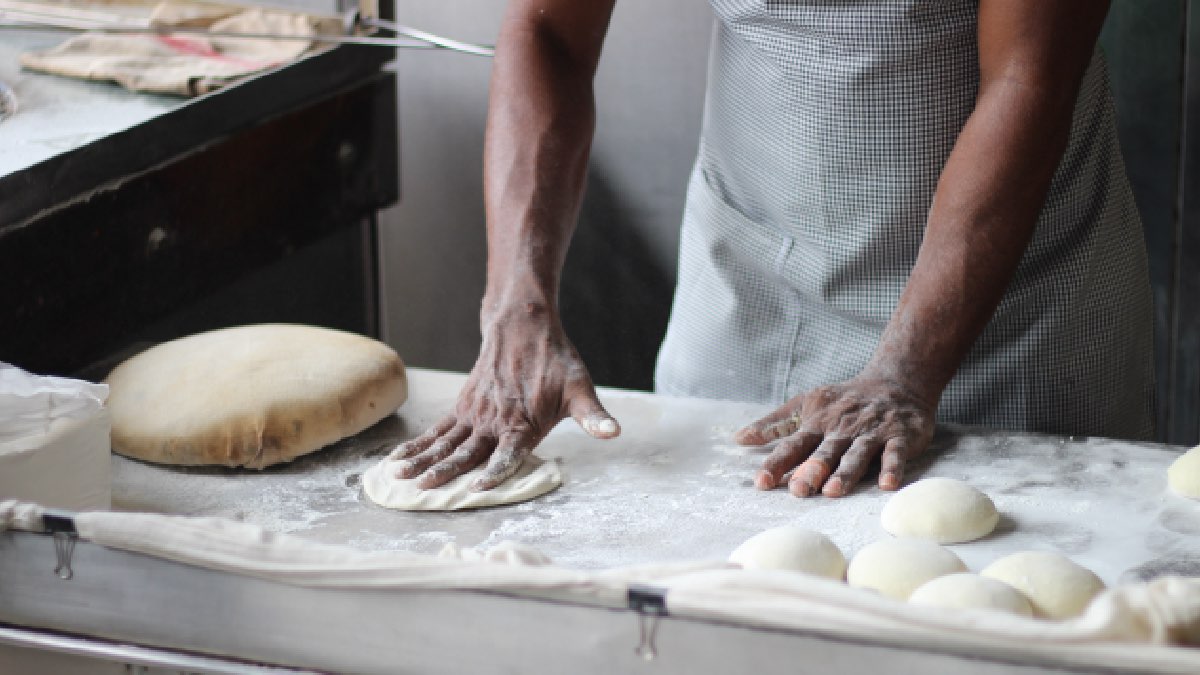A few weeks ago, the Secretary-General of the United Nations himself, António Guterres, warned that an “acute food catastrophe” is coming at the global level. It was already evident throughout 2022 due to Russia’s invasion of Ukraine, the continuation of the COVID pandemic, extreme weather situations or rising inflation. All this has affected supply chains, making many foodstuffs scarce and difficult to find in supermarkets. According to some experts’ analyses, these are the 5 foods most likely to be in short supply in 2023.
Corn
A month ago, the U.S. Department of Agriculture (USDA) cut global corn production estimates for 2023, mainly due to markedly lower volumes in Ukraine and Russia. According to a report released by USDA, global corn production will be reduced by 6.5 million tons. Of this amount, 4.5 million tons will no longer be produced by Ukraine, while another 1 million tons will no longer be produced by Russia. In addition, extreme weather changes in different regions of the planet have also affected production in other countries. Likewise, the United States, China and Brazil, the main producers of the grain, are also planning a slight reduction in their production, both due to climatic difficulties and to the difficulty in accessing fertilizers.
Bread
Both Russia and Ukraine are major world producers of wheat and other grains. Between them, they account for about 20% of world trade. As a result, the war has caused numerous disruptions, price increases and supply problems worldwide. Although countries such as China, India, the United States and France are also major wheat producers, many countries have taken measures to ration wheat and ensure a minimum production of bread. We will see how this problem develops in the coming months.

Sunflower and palm oil
Ukraine and Russia are the two main producers of sunflower oil, accounting for 53.1% and 19.1% of world production, respectively. With these two countries in the midst of conflict, this has led to disruption in the oil supply chains. As a result, prices soared even higher in most countries.
Last year, the Indonesian government banned the export of palm oil between April and May. Indonesia is the world’s leading producer of this foodstuff, and this measure had a considerable impact on supplies to other countries.
Beer
Several factors can affect the supply of this widely consumed beverage. On the one hand, it has to do with the costs of malt production, pallets, bottles and corks. According to the German Brewers’ Association, this has led to a 100% increase in costs for the brewers.
Another reason is the shortage of carbon dioxide, a key ingredient in the brewing of this beverage, as the gas that gives it consistency and prevents it from tasting bitter. The pandemic caused problems in the ethanol and ammonia plants, where carbon dioxide is produced.
In addition, droughts and other extreme weather factors also affected hop yields, causing crop failures virtually everywhere in the world. It is still unclear how this may affect the world and whether there will be a real shortage of this product.

Champagne
The large increase in global demand for champagne, coupled with problems in the supply chain and logistics, has led to increased shortages of champagne, as shipments have been delayed. In addition, production has also been affected by problems with bottles, corks and labels.
Since the war broke out in Ukraine, food shortages caused some problems for Spanish gastronomy. We will see in 2023 how things develop.
Click here to read the Spanish version





